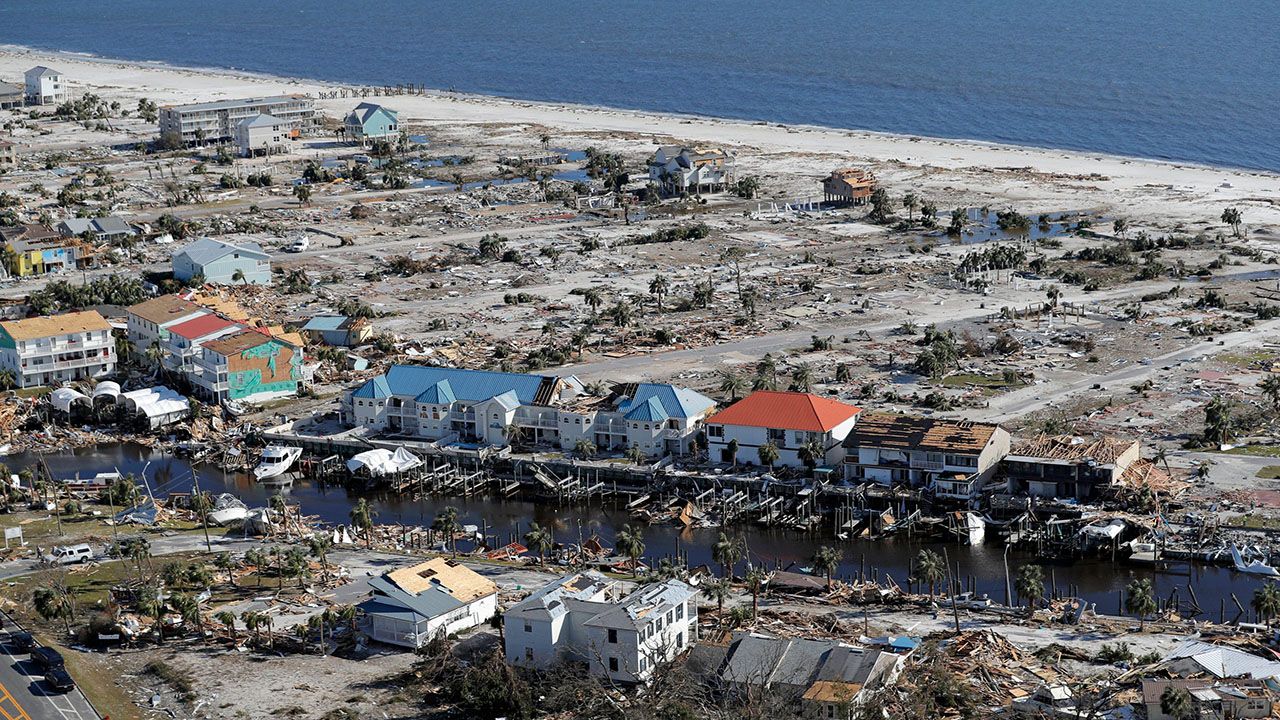We’ve passed the peak of hurricane season as we head into October, but we still see many tropical cyclones for this month, with over 500 forming in the past 160 years.
We take you back to look at the most destructive October hurricanes in recorded history.
The Texas-Louisiana Hurricane of 1886: First on our list is this devastating hurricane, which made landfall near the border of Texas and Louisiana as a Category 3 hurricane.
The hurricane destroyed most buildings in Sabine Pass, Tx. and Johnson Bayou, La.
Strong winds, storm surge and heavy rainfall combined killed at least 196 people.
Waves in the Gulf were 20 feet high, and storm surge led to flooding 20 miles inland.
The Florida Keys Hurricane of 1906: Receiving its name on Oct. 8 as it became a tropical storm near Barbados, this cyclone headed west and rapidly intensified.
It would end up taking an interesting path, making its first landfall on Oct. 10 in Nicaragua as a Category 3 hurricane.
It then made its second and third landfall in Belize, then Cuba.
After Cuba, this storm moved north and made its fourth landfall in South Florida, headed toward South Carolina, did a turn southwest and make a fifth landfall near St. Augustine, Fla.
Around 70 people drowned near Elliott Key as the hurricane passed through. Along the Florida East Coast Railway, the hurricane swept nearly 135 people out to sea. The storm surge flooded streets throughout St. Augustine.
The hurricane devastated many orange groves and pineapple fields in the Florida Keys, which led to the end of commercial pineapple production for the area.
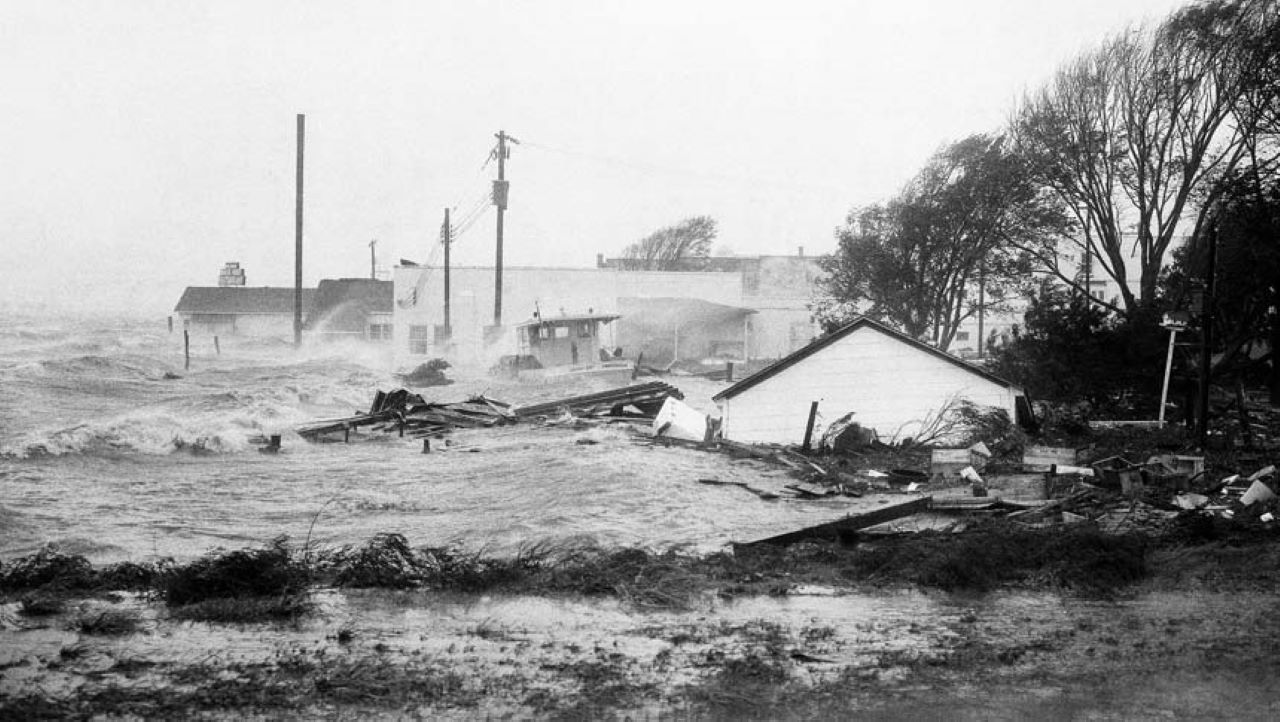
Hazel in 1954: Forming to the east of the Windward Islands on Oct. 5, Hazel became the deadliest and second costliest hurricane of the 1954 season, first killing around 400 to 1,000 people in Haiti.
It made landfall near Calabash, N.C. on Oct. 15 as a Category 4 hurricane, destroying most of the waterfront houses.
Hazel then moved into the Northeast with 100 mph wind gusts, which caused $281 million in damage.
At landfall, the storm brought 18-foot storm surge, causing severe damage since the storm surge combined with the highest lunar tide of the year.
According to NOAA, “every pier in a distance of 170 miles of the coastline was demolished.”
Hazel destroyed tens of thousands of homes and left thousands homeless. It killed 95 people in the U.S.
The hurricane is still the strongest and only Category 4 hurricane to hit North Carolina in recorded history.
Wilma in 2005: Springing up on Oct. 17 in the Caribbean Sea, Wilma intensified quickly into a Category 5 hurricane before weakening to a Category 4 before its first landfall on Cozumel, Mexico.
Wilma has the lowest pressure ever recorded in a hurricane in the western hemisphere, going from 982 millibars to 882 millibars in just 24 hours.
It then moved northeast, making its second landfall as a Category 3 hurricane at Cape Romano in southwestern Florida.
Surprisingly, rainfall amounts weren’t extremely high since the storm moved quickly across the state, so most of the damage came from the wind.
Over 3 million people lost power, including 98% of Miami’s metro area, and Wilma destroyed or damaged tens of thousands of homes and cars in southern Florida.
Water from storm surge submerged 60% of Key West, leaving many homes uninhabitable.
Wilma caused $19 billion in damage and killed 30 people.
After Wilma, a major hurricane didn’t strike the U.S. until Hurricane Harvey in 2017, and a hurricane did not strike Florida until Hermine in 2016.
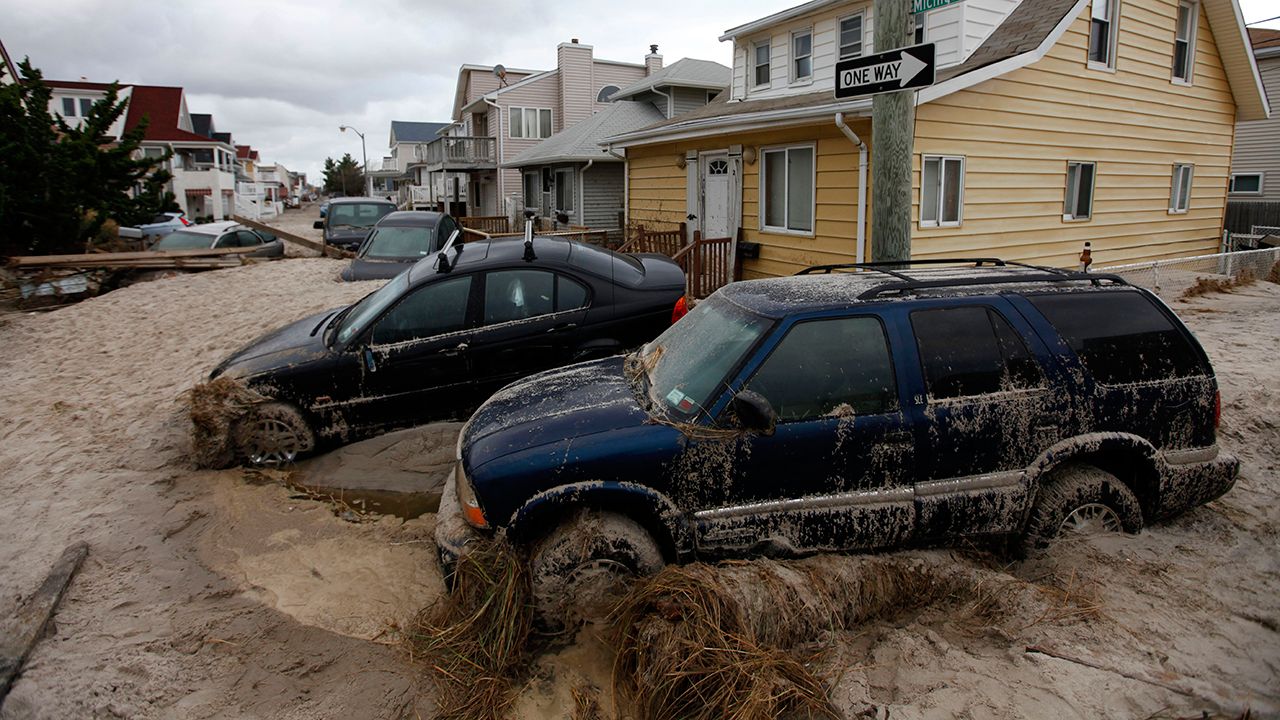
Sandy in 2012: Developing in the Caribbean Sea on Oct. 22, Sandy made two landfalls before heading toward the U.S., one in Jamaica and one in eastern Cuba.
It continued through the Atlantic, parallel to the East Coast, and made a northwest turn, slamming into the Northeast.
Even though winds were only at 80 mph at landfall in New Jersey, Sandy was a large storm that brought intense flooding.
Many cities in New Jersey flooded, and authorities had to evacuate towns.
Sandy also flooded seven subway tunnels in NYC, the biggest disaster to happen to the subway system since it was built in the early 1900s.
In West Virginia, rain turned to 3 feet of snow for some areas, leading to downed trees and hundreds of thousands of power outages.
Overall, Sandy became one of the deadliest cyclones to hit the Northeast, killing 160 people, and the fifth costliest storm in recorded history with $65 billion in damage.
Michael in 2018: The last storm on our list is Michael. First becoming a tropical storm on Oct. 7, Michael quickly intensified into a hurricane a day later. It then became a major hurricane on Oct. 9 as it moved through the warm waters of the Gulf.
Michael made landfall near Panama City, Fla. on Oct. 10 as a Category 5 hurricane, making it the third-strongest landfalling hurricane in the U.S. on record.
It destroyed many houses in the Florida Panhandle, and storm surge flooded the coast. Farms suffered, leading to a loss in cattle and crops, and Michael caused $4.7 billion in damage to the Tyndall Air Force Base.
As Michael weakened, it moved further into the Southeast, bringing wind damage and flooding to Alabama, Georgia and North Carolina.
It total, we saw $25 billion in damage from Michael, and around 60 deaths.
Michael is the strongest storm to strike the Florida Panhandle.
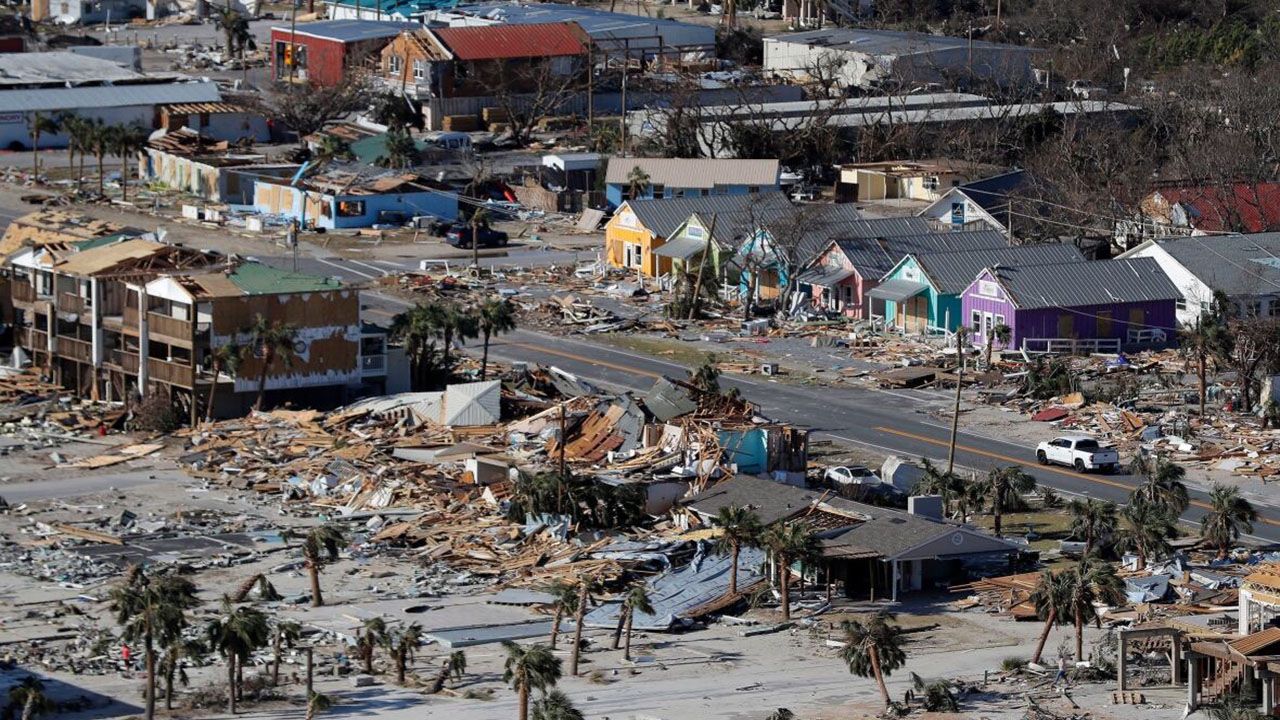
Most storms in October form in the Caribbean, whether it be in the Caribbean Sea or near the Windward Islands.
They then take a track toward the U.S. But only about 20% (108) of the 530 tropical storms or hurricanes that have formed since 1850 have made landfall in the U.S.
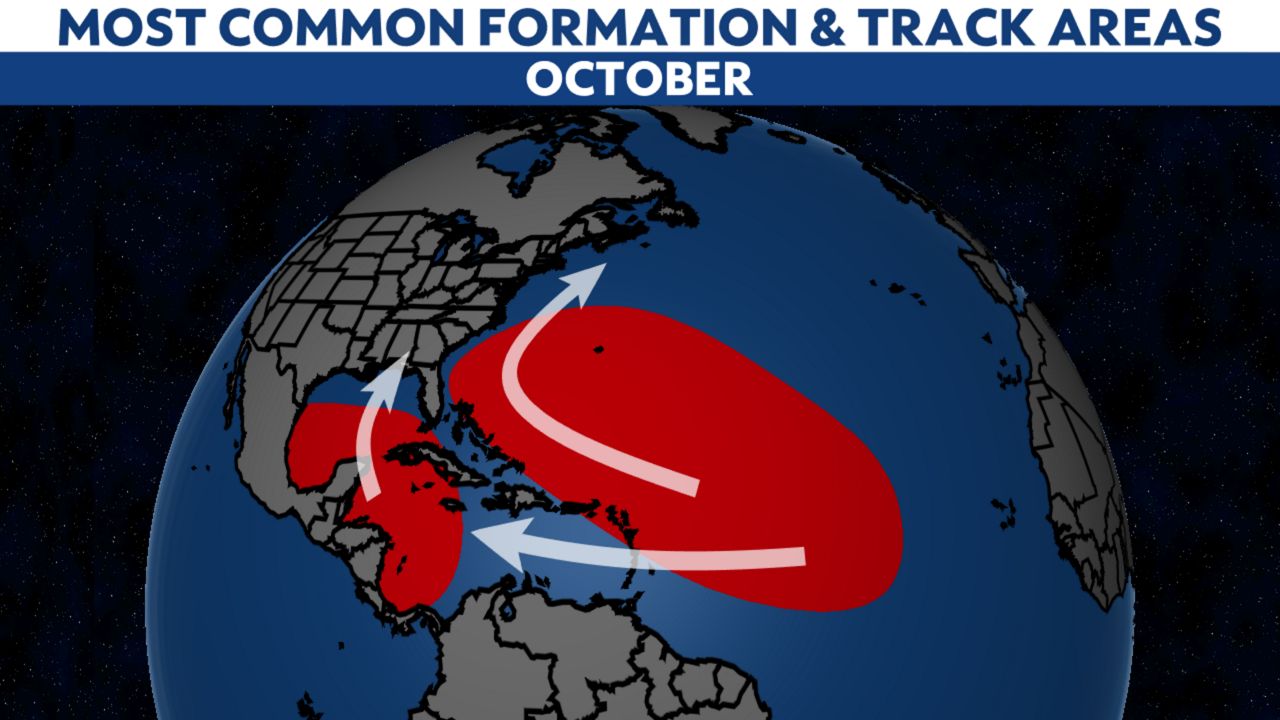
Remember to always stay prepared. No matter how many storms form, it only takes one storm to make it a bad season.
Our team of meteorologists dives deep into the science of weather and breaks down timely weather data and information. To view more weather and climate stories, check out our weather blogs section.



